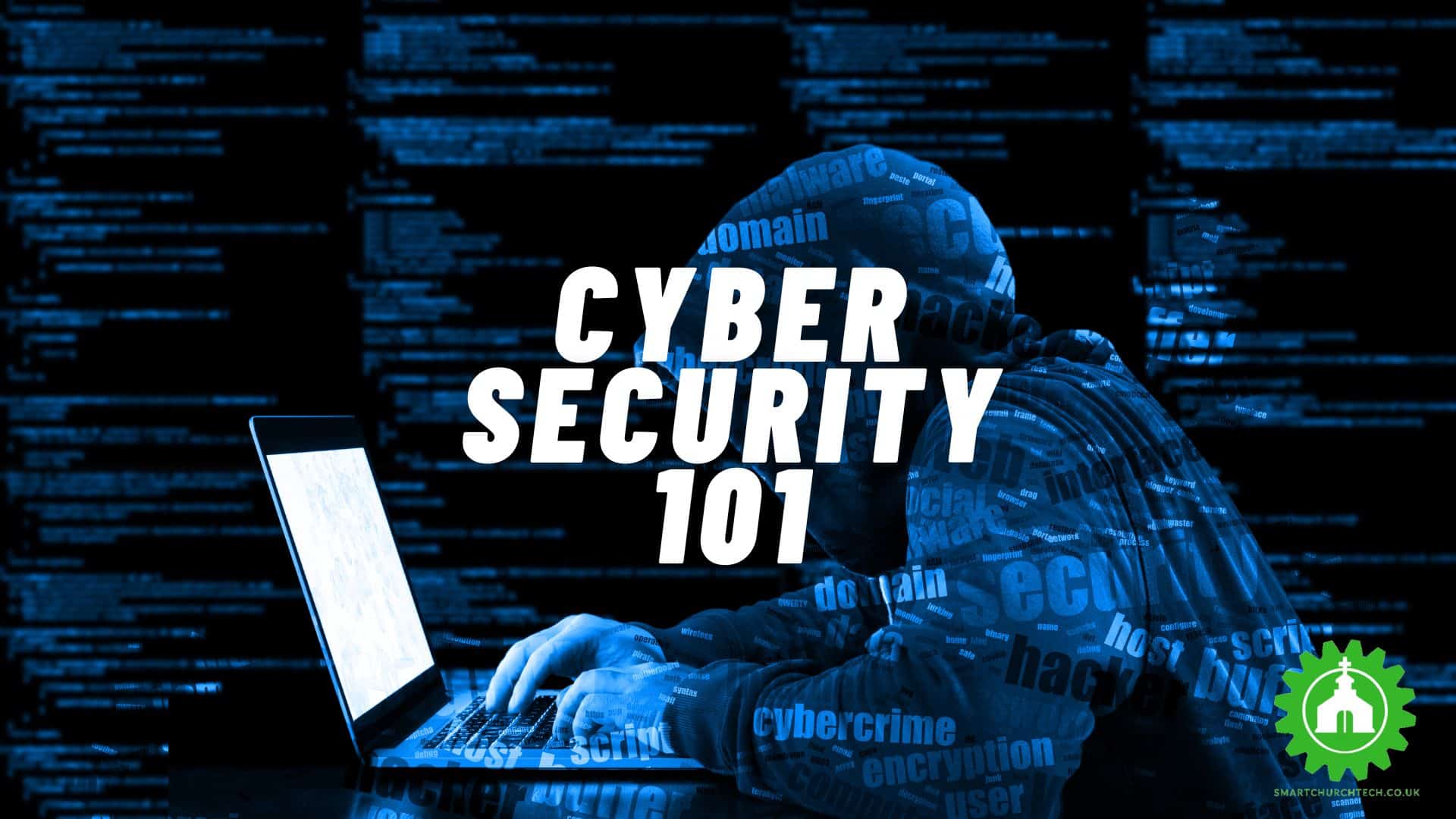As technology continues to permeate our daily lives and activities, the church isn’t left out. The integration of technology in our worship practices and administrative tasks has made our lives easier, but it has also opened the door for potential online threats. As pastors or those entrusted with the church’s tech management, it’s crucial that we understand these threats and how to protect our congregations and ourselves from them.
Understanding Cybersecurity
Cybersecurity is the practice of protecting computers, servers, mobile devices, electronic systems, networks, and data from digital attacks. In simple terms, it’s like having a digital security guard who keeps an eye on your online activities and assets, ensuring they’re safe from criminals or other malicious actors.
Common Online Threats
Just like there are different types of criminals in the physical world, there are also different types of online threats:
- Hacking: Unauthorized access to your computer systems, networks, or data. This is often done by exploiting software vulnerabilities or to gather confidential data.
- Malware: Malicious software designed to infiltrate and damage computer systems, networks, or data. This includes viruses, ransomware, spyware, and other types of malicious programs.
- Phishing: Fraudulent attempts to obtain sensitive information by disguising as a trustworthy entity in electronic communication. This includes the practice of sending emails disguised as legitimate messages in order to trick users into revealing confidential information, but can also be something as simple as a phone call. If anyone calls you and asks for your password, don’t give it to them!
- Identity theft: The fraudulent acquisition and use of someone’s personal information, typically for financial gain.
How To Protect Yourself
Create Strong Passwords
Strong, unique passwords are the first line of defense against unauthorized access. Here are some guidelines to create and manage passwords for your church:
- Use a combination of upper and lowercase letters, numbers, and special characters.
- Avoid using easily guessable information, like names, birthdates, or common phrases.
- Create different passwords for different accounts.
- Update passwords regularly and never reuse them.
- Consider using a password manager to securely store and manage your passwords. You can read our recommendations here.
Secure Your Wi-Fi Network
An unsecured Wi-Fi network can be an easy target for hackers. To protect your church’s network, take the following steps:
- Change the default login credentials for your router.
- Enable WPA3 (Wi-Fi Protected Access 3), the latest and most secure encryption standard for Wi-Fi networks.
- Disable remote management features to prevent unauthorized access.
- Keep your router’s firmware up to date.
- Create a separate guest network for visitors to avoid exposing your main network.
Educate Your Team
Raise awareness among church staff and volunteers about online threats and cybersecurity best practices. Regular training sessions can help ensure everyone understands the risks and knows how to respond to potential threats. Some key topics to cover include:
- Recognizing phishing emails and reporting them.
- Understanding the importance of strong passwords and keeping them confidential.
- Avoiding the use of public Wi-Fi networks for sensitive tasks.
- Ensuring that devices are updated with the latest security patches.
Regularly Update Software and Devices
You know those annoying system updates that stop you working for 10 minutes? Allow them to complete. Outdated software and devices can be vulnerable to security threats. Ensure that your church’s computers, smartphones, and other devices are regularly updated with the latest security patches and software versions.
Implement Multi-Factor Authentication
Multi-factor authentication (MFA) adds an extra layer of security by requiring users to provide two or more forms of identification before accessing an account. Encourage staff and volunteers to enable MFA on their email, social media, and other online accounts.
It can be as simple as receiving a passcode via text – and has the potential to stop hackers in their tracks.
Back Up Data
Regularly backing up your church’s data is essential in case of data loss or a security breach. Store backups in a secure offsite location or use a trusted cloud service provider for added protection.
There are GDPR and/or data protection regulations (depending where you are based) to follow relating to holding data. You can read our brief guide to church data protection here.
Don’t Ignore Cybersecurity
This short guide just scratches the surface of what is required to protect your church. However, by understanding the basics and implementing best practices, pastors and tech managers can help protect their church and its members from online threats. By staying vigilant and fostering a culture of cybersecurity awareness, your church can continue to thrive in the digital age.

